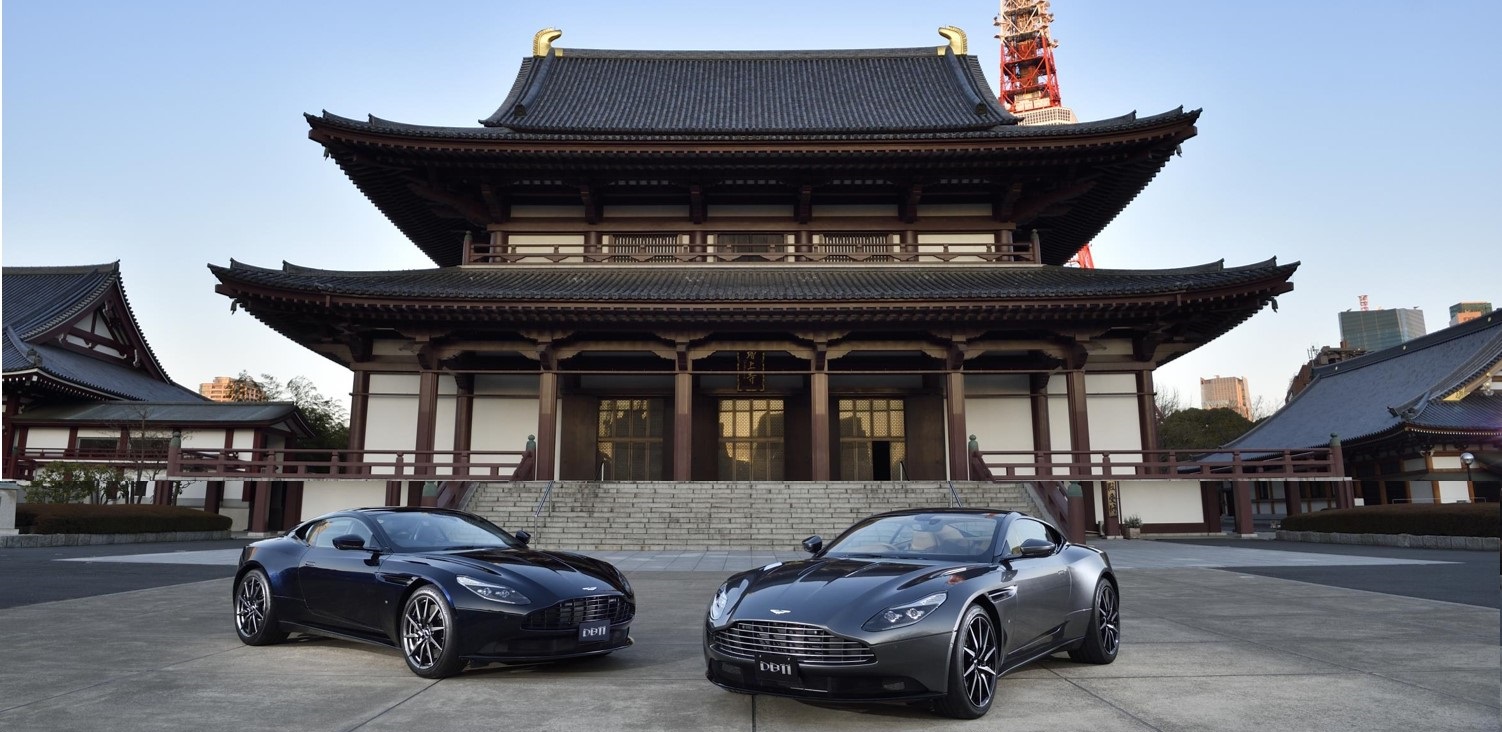Japan-EU trade pact clears hurdle on road to Feb. 1 start
Nikkei Asian Review - 8 December 2018
Japan-EU trade pact clears hurdle on road to Feb. 1 start
Tokyo seeks stronger hand in upcoming US negotiations
By RINTARO TOBITA, Nikkei staff writer
Japan’s parliament approved an economic partnership agreement with the European Union early Saturday, keeping one of the world’s biggest free trade zones on course to take effect Feb. 1.
Approval by the European Council and European Parliament are the only remaining hurdles to the agreement, which will start on the first day of the second month after completion of the ratification process. European approval is expected sometime this month.
Japanese Prime Minister Shinzo Abe’s government hopes the EPA will strengthen its hand in negotiations on a trade agreement on goods with the U.S. Those talks are due to start early next year.
Under the agreement, Japan and the EU will eliminate about 94% and 99% of tariffs, respectively, in fields like farm, forestry and fisheries products, as well as mining and manufactured goods. The agreement will cover 27.8% of the world’s gross domestic product in 2017, as well as 36.9% of global trade.
The EU will cut its 10% duty on Japanese passenger cars to zero in eight years. More than 90% of auto parts tariffs will be removed immediately when the pact enters into force, along with most levies on Japan’s agriculture, forestry and fisheries products. These tariff reductions will help Japanese companies and farmers expand their EU market shares by lowering prices.
Tokyo will eliminate tariffs on European wine, letting Japanese consumers buy popular wines at lower prices. European soft cheeses will be subject to an import ceiling that will be phased out completely in 16 years.
The pact will end Japan’s tariffs on about 80% of European agriculture, forestry and fisheries goods. To address concerns that Japanese farmers will bleed market share to European rivals, the Abe government is expected to include farm subsidies in its second supplementary budget for fiscal 2018.
The agreement also sets rules on online shopping and other forms of e-commerce. Along with supporting the legal validity of electronic signatures and contracts established through digital means, it forbids tariffs on transfers of data between Japanese and European businesses.
Meanwhile, the revised Trans-Pacific Partnership free trade agreement is set to take effect Dec. 30. For the 10 members excluding Japan, tariff reductions will take effect on Jan. 1 — meaning Japan will enjoy reduced duties on its goods sooner. Tokyo estimates the TPP-11 and the Japan-EU EPA will boost Japan’s real GDP by about 13 trillion yen ($115 billion), and add about 750,000 jobs.
The expanding free-trade zones are expected to give Tokyo an important bargaining chip in upcoming trade talks with the administration of U.S. President Donald Trump, who has taken a hard line on Japan’s trade surplus with the U.S.
With the U.S. not participating in the TPP-11 or the Japan-EU EPA, American farmers and export businesses will face dwindling competitive power in the Japanese market. Should Washington press for a quick deal on trade in goods, Tokyo hopes its membership in the larger free-trade pacts will make it easier to persuade the U.S. that Japan will not cut agricultural tariffs beyond levels set in those agreements.
Japan is also negotiating with Australia, China, India, New Zealand, South Korea and Southeast Asian nations on the Regional Comprehensive Economic Partnership trade deal, with the goal of reaching an agreement in 2019.






